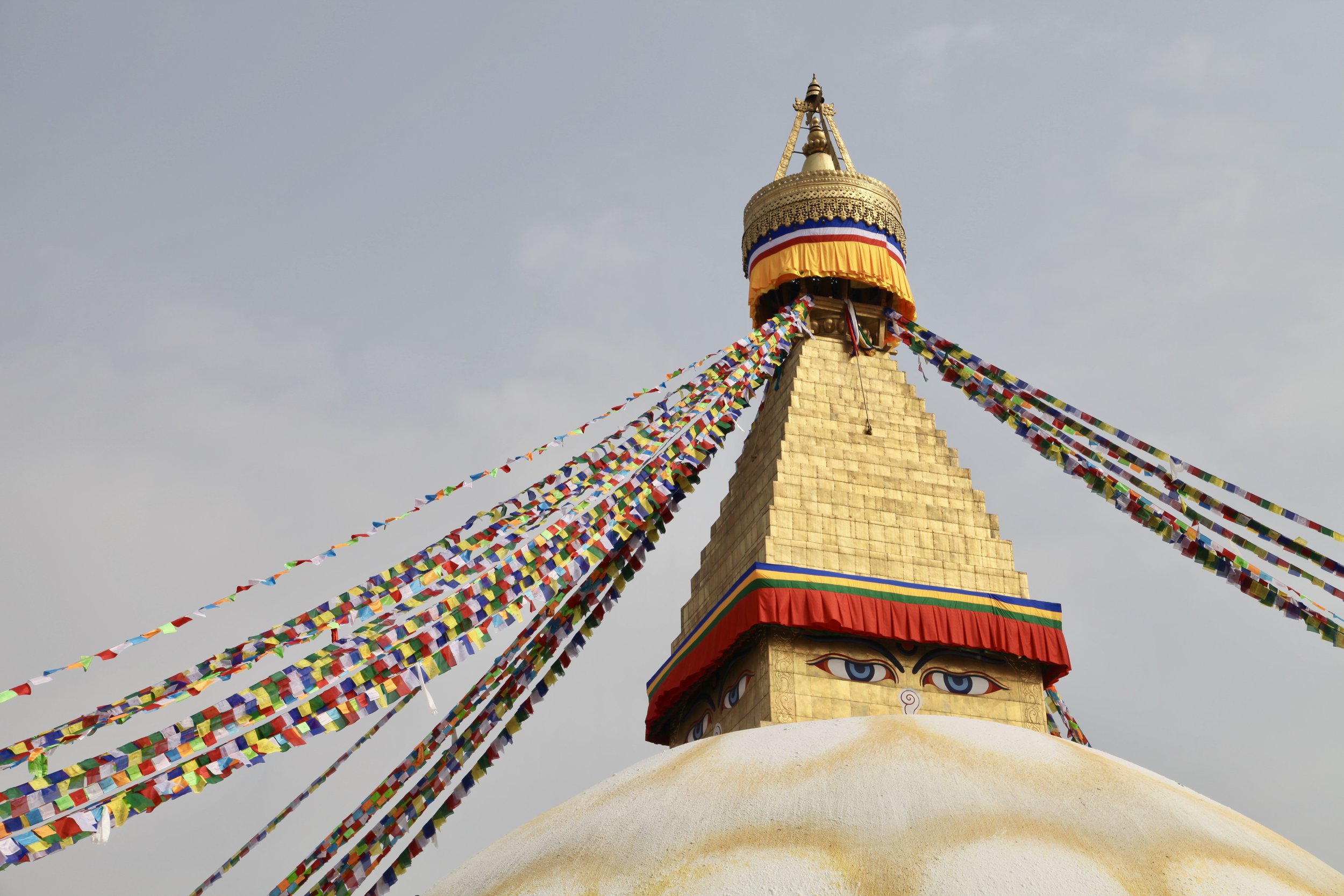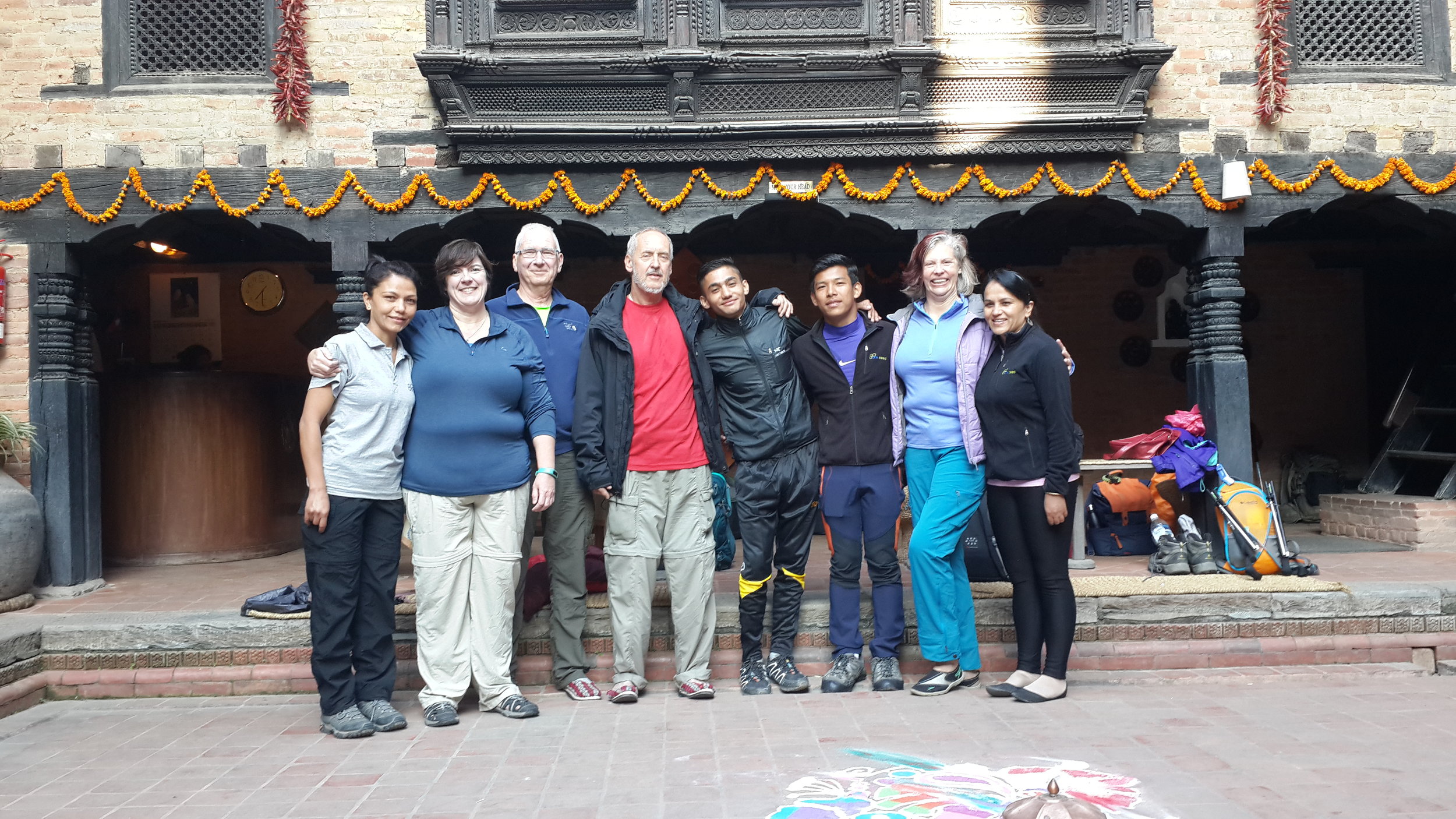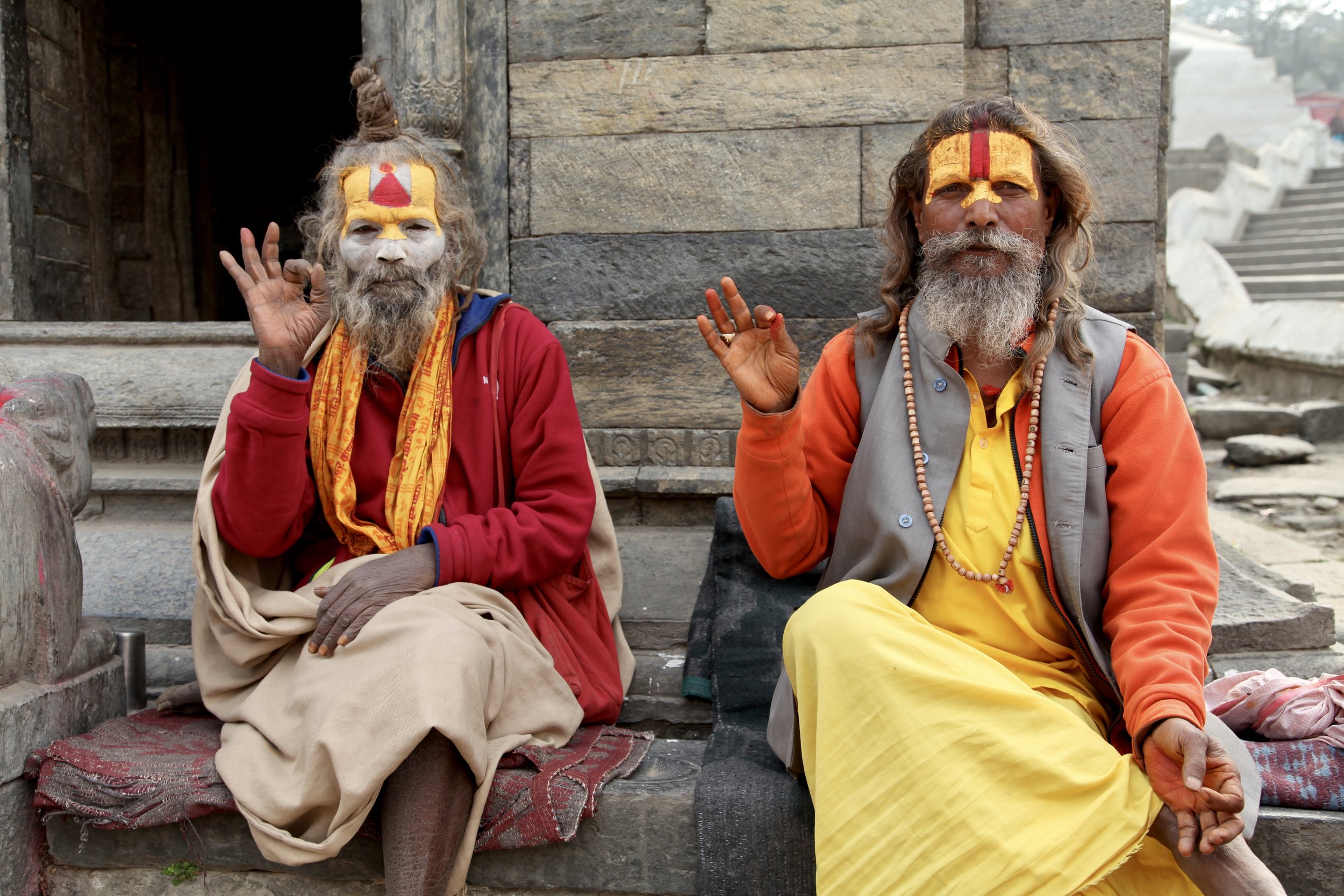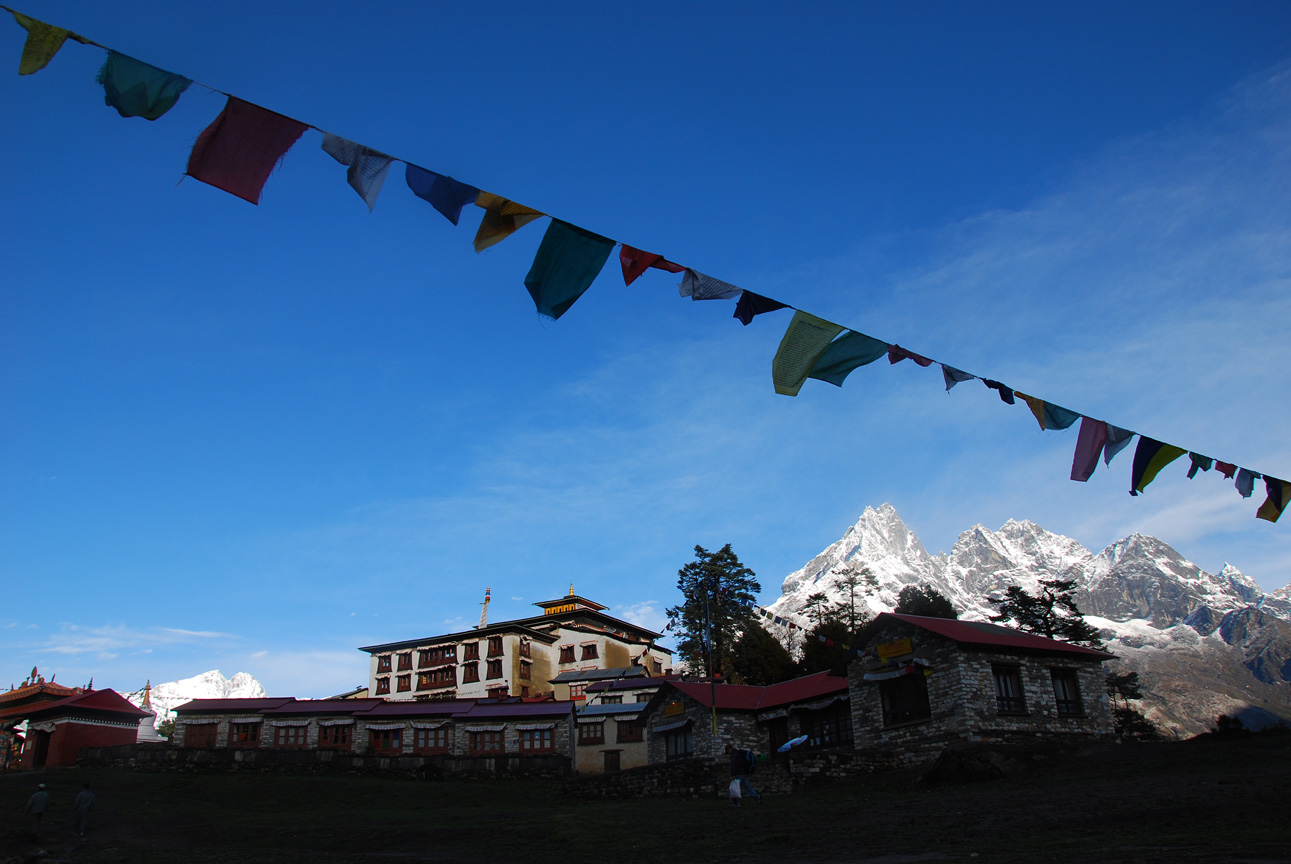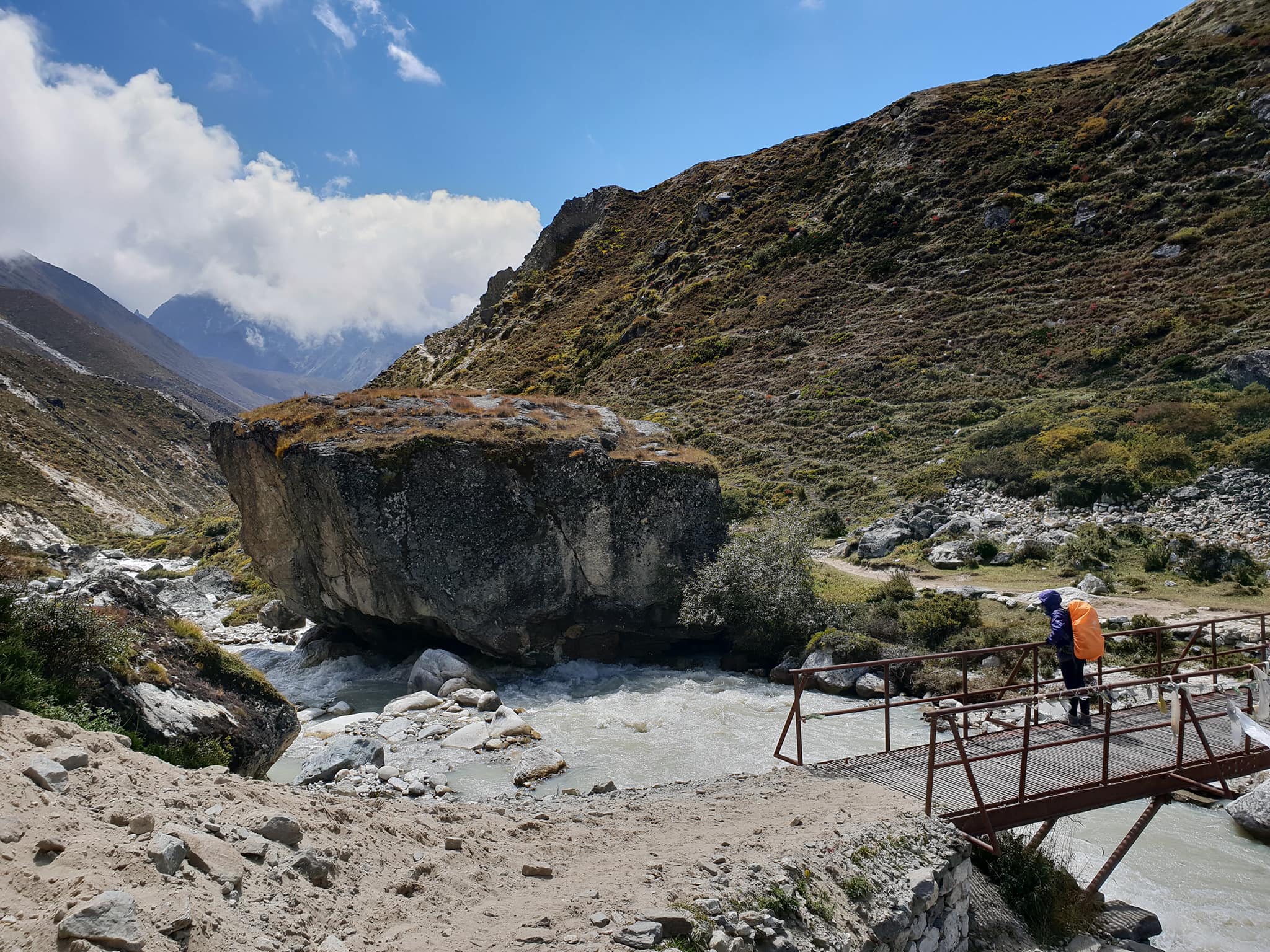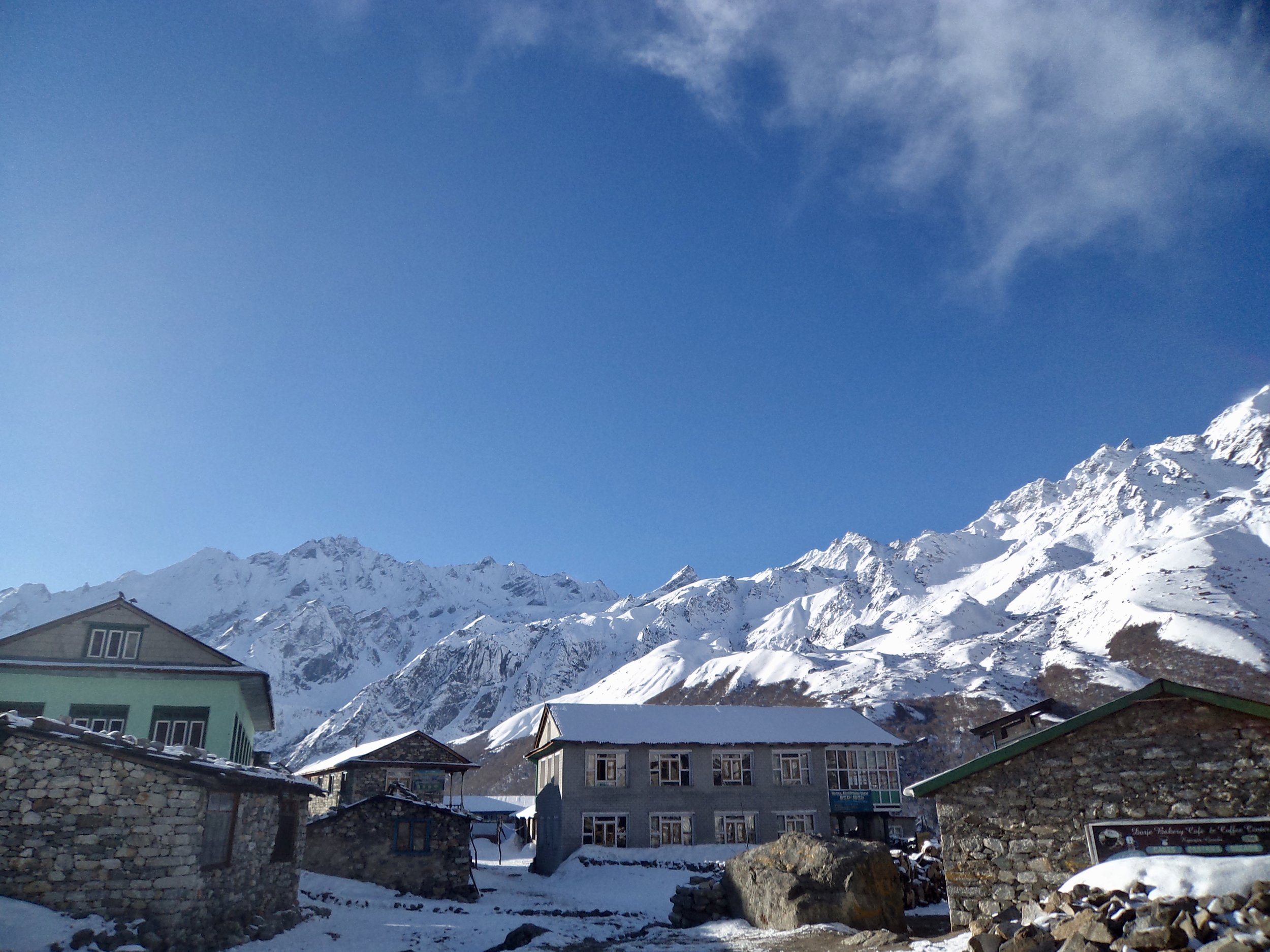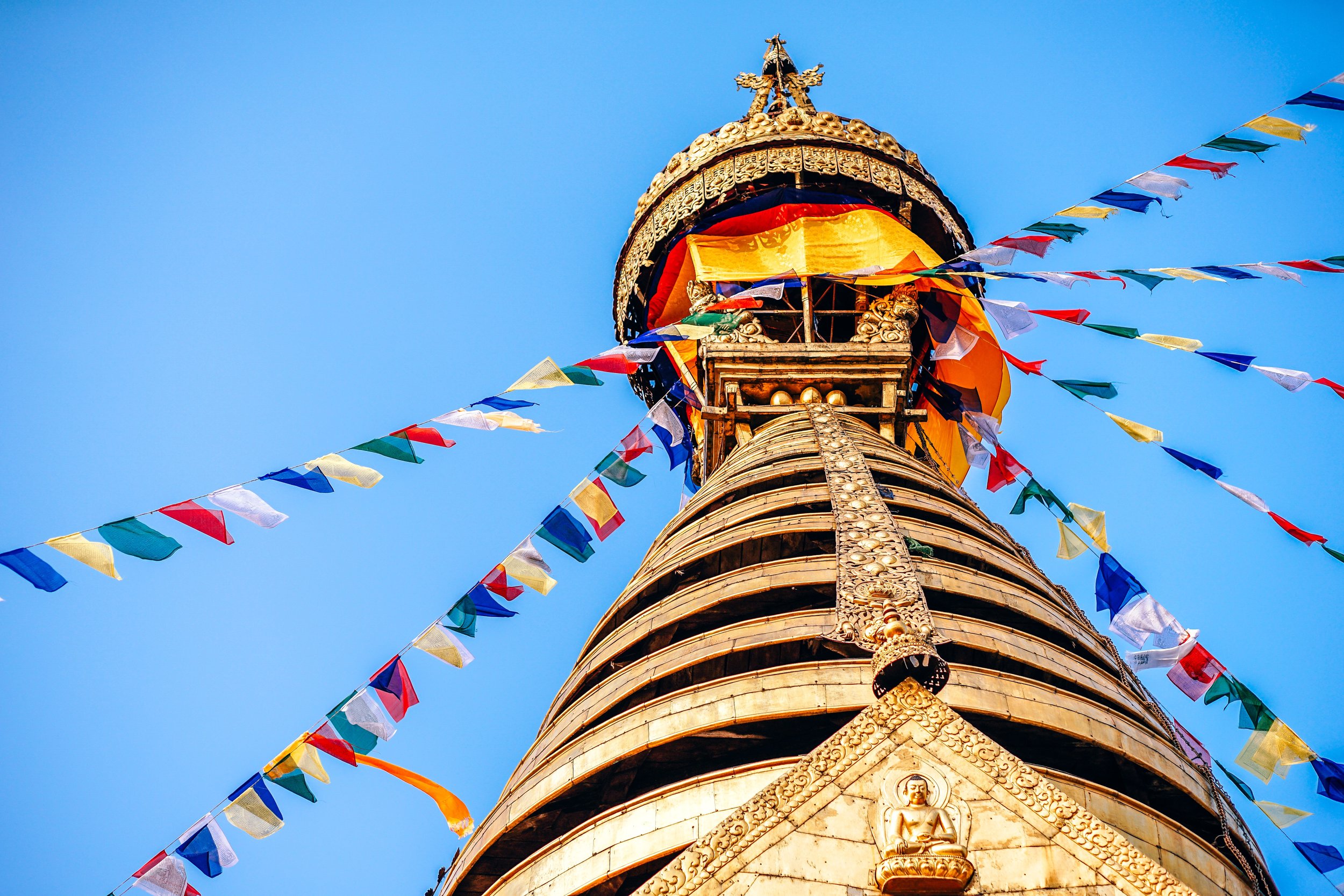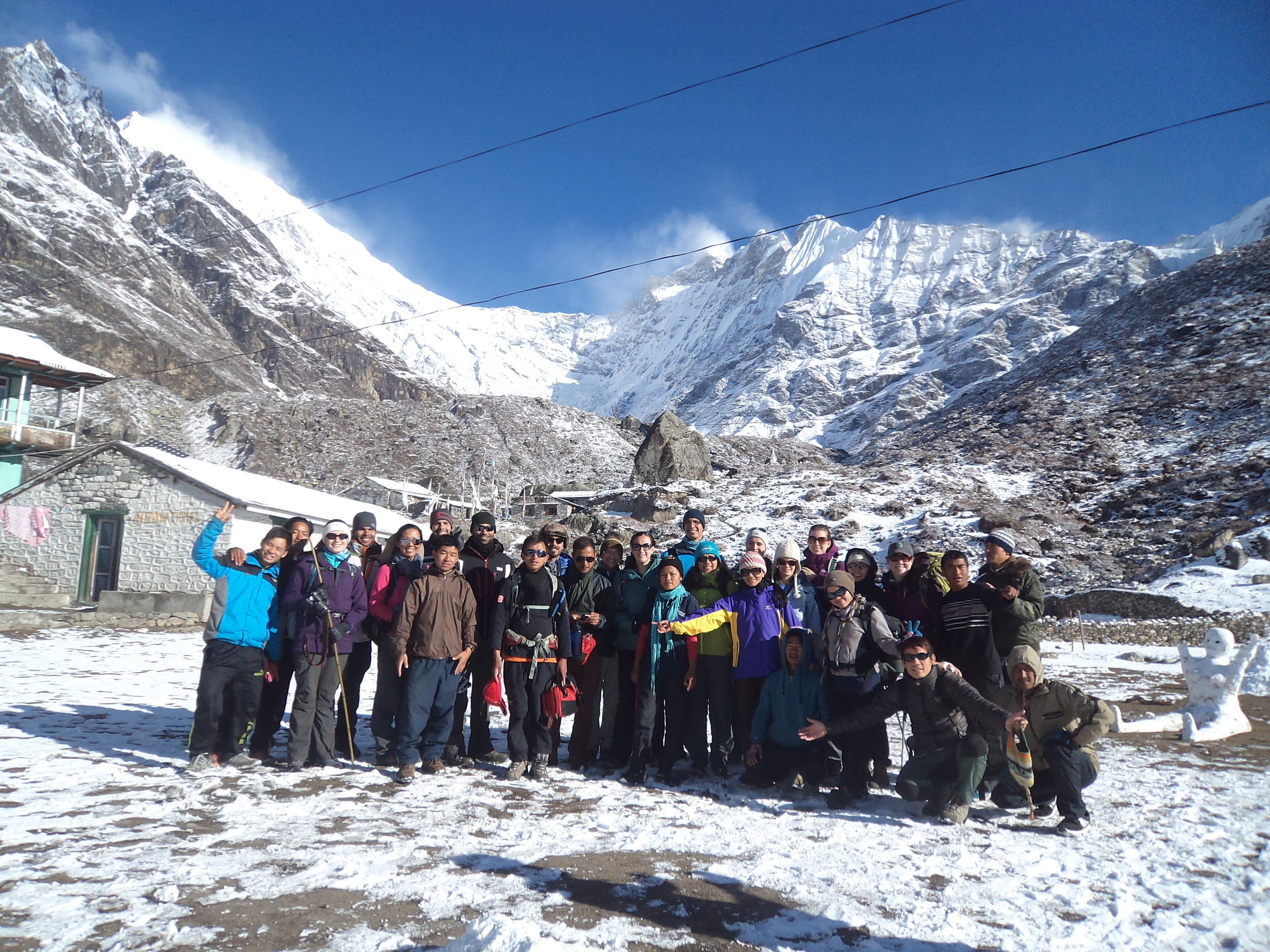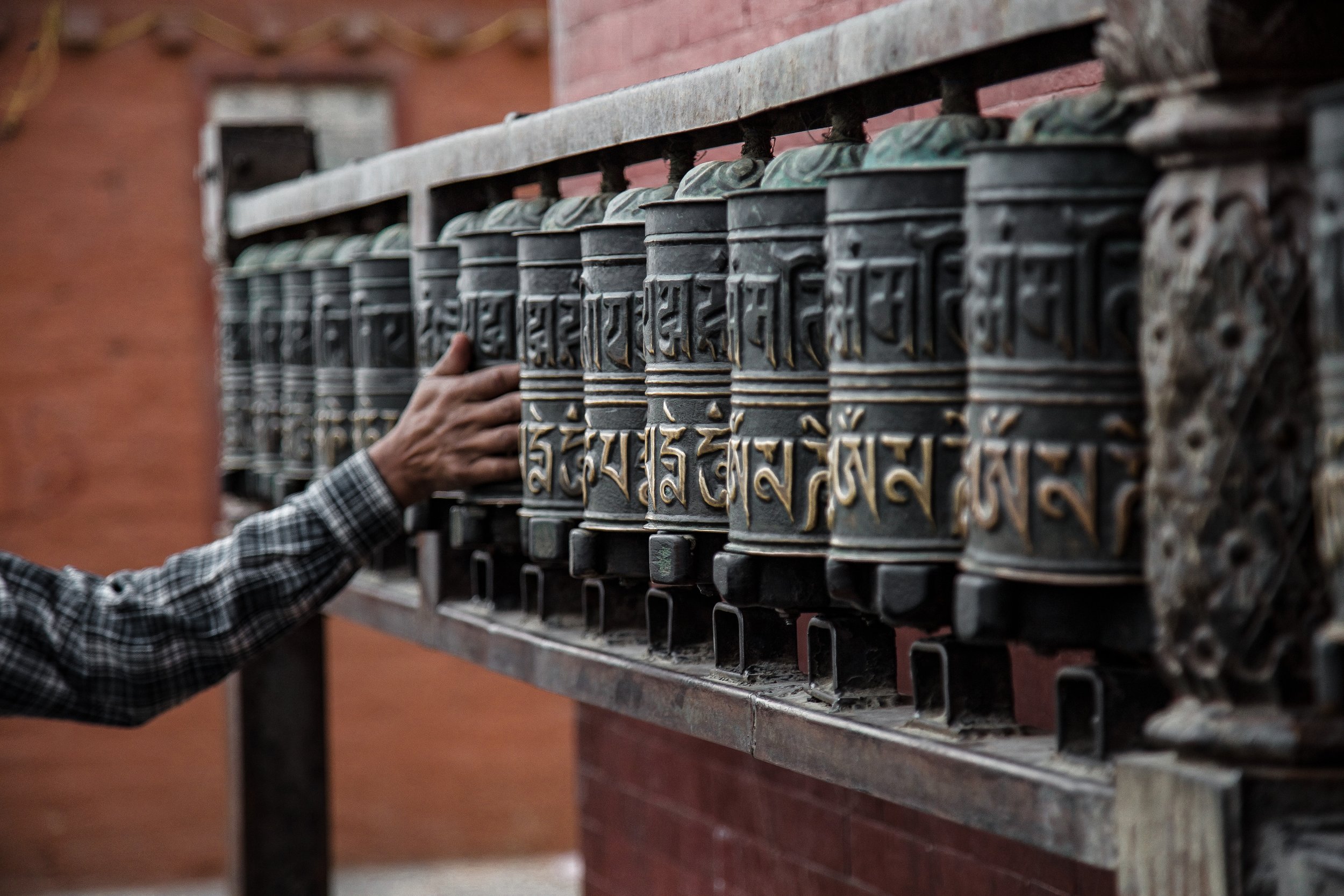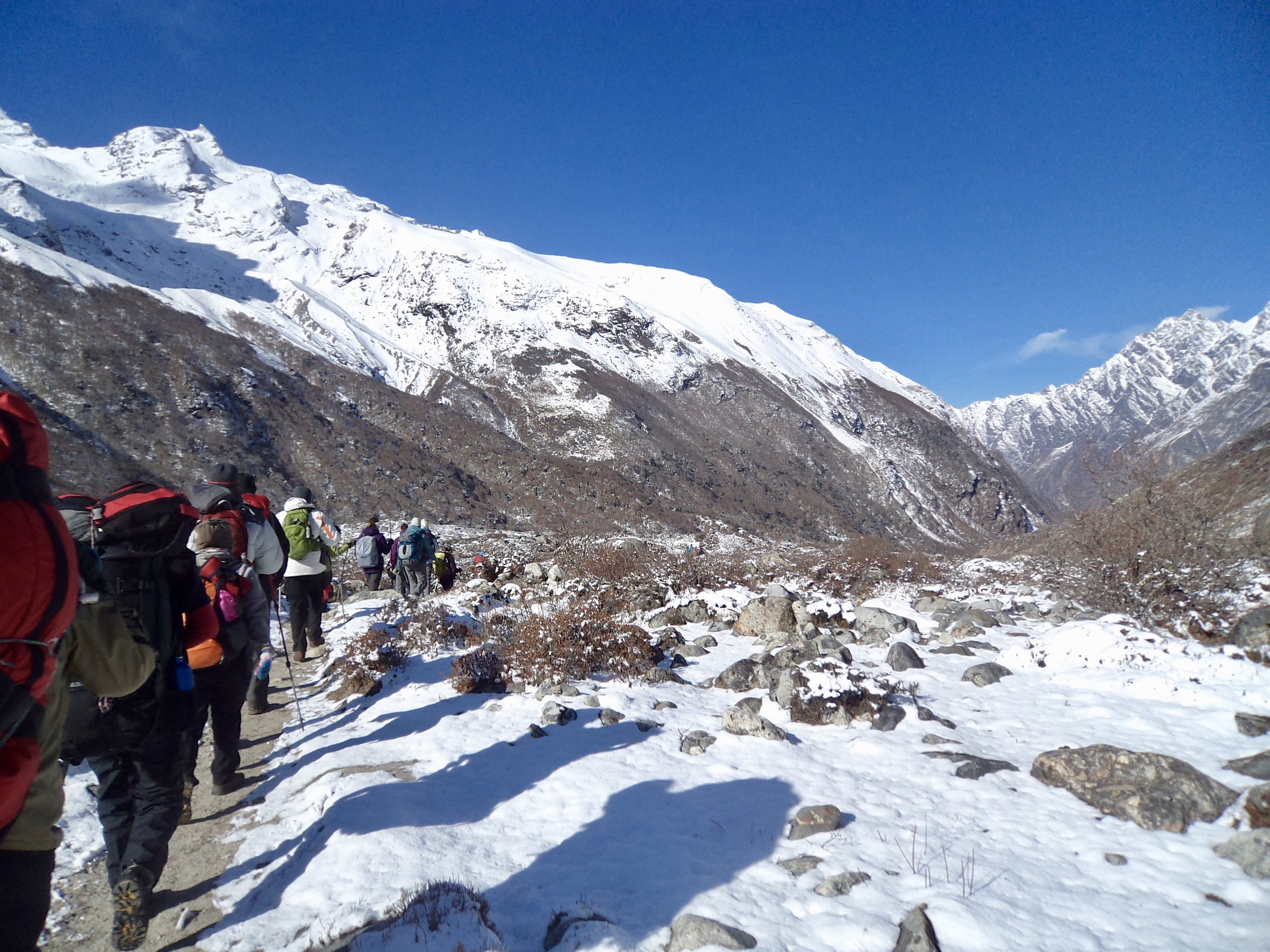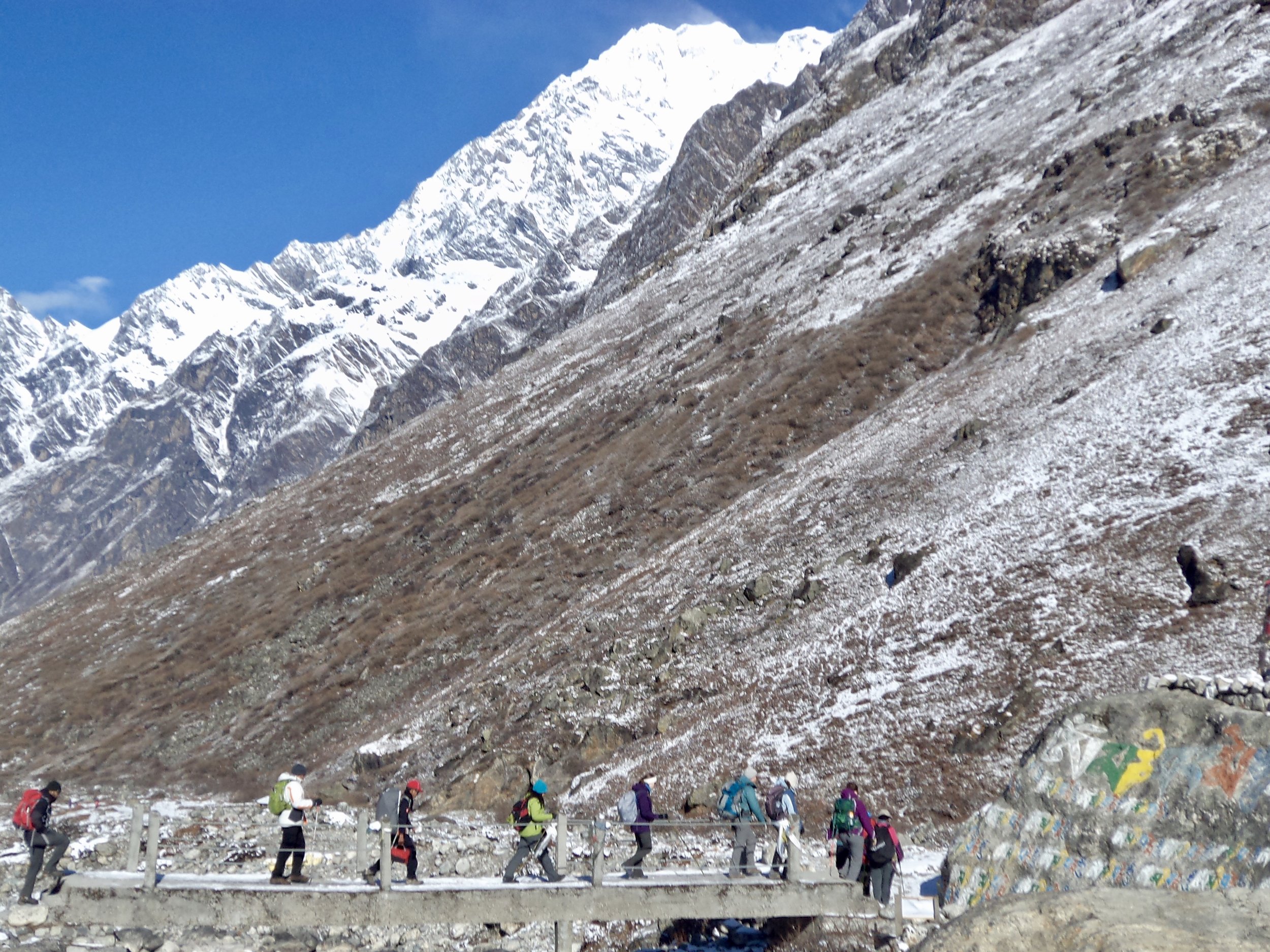WHAT TRAVELERS ARE SAYING
“We loved our guides and guides in training. The itinerary provided a culturally rich experience and brought Nepal to life, while also connecting us to the nature of the himalayas. OneSeed was very accommodating and had AMAZING customer service.”
“I would definitely recommend OneSeed to anyone visiting Nepal. Commitment to community and the friendly authentic local guides made this the trip of a lifetime. My favorite part was the time I spent with our incredibly warm and kind guide Bishnu.”
“I will most definitely recommend OneSeed Expedition to my friends! I loved everything about this trip from the small group, the microfinancing that OneSeed does, the insurance they provide for their guides and guides in training, and the amazing things they have planned and organized for us in the cities.”
Read More Reviews
WHAT TO BRING
You are responsible only for personal clothing and gear listed below. We'll take care of everything else. A gear check will be completed before you depart for the trail. This list does not include additional clothing/items you may want for travel or for your time off the trail. Any luggage not needed on the trail can be left in storage during your expedition.
Packing System: This expedition includes porters for bag transport. You are only responsible for carrying a daypack. We recommend packing your items in a large backpack or a durable duffle bag. The 22 lb weight limit for porter transport should include your sleeping bag.
Carried Bag Weight Limit: 22 lbs / 10 kg
Rentals Available:
Sleeping Bag - $45 USD
Trekking Poles - $25 USD
Must be confirmed at least 1 week prior to expedition start date - contact us today to reserve your rentals.
Don't forget
We need you to have everything on the list below for our expedition to go smoothly, so there is no one item that is more important than another. Double-check your entire list and make sure to have/review these important items below. It's important to note that trekking at high altitudes can become a concern above 10,000 ft. Some travelers choose to use prescriptions such as Diamox to treat altitude sickness. We recommend talking to your doctor about the use of any prescription medicine.
Valid Passport
Your passport must be valid for 6 months after your arrival date in Nepal.
Medical insurance card
Should anything happen, we can get you the care you need.
Required Vaccinations
It is important to receive required (or recommended) vaccinations before traveling abroad. Check the CDC's recommendations for Nepal here.
The List (check it twice)
Trekking Gear
Change of clothes for Kathmandu - to be kept in storage during expedition
Medium/Heavyweight down jacket
Fleece jacket or vest
Synthetic hiking pants
Rain pants
Rain jacket
Long underwear (top and bottom)
Synthetic T-shirt
Wool or synthetic hat
Gloves
Waterproof hiking boots
Nylon-wool blend socks (2-3)
Sandals/old Sneakers (for use around the lodges/restrooms in the evening)
Day pack (25-40L)
Water bottle
Headlamp
Sunscreen
Sunglasses
Quick-dry towel
Personal toiletries and medicine
Sleeping bag w/ 15-20ºF rating
Toilet paper in ziplock bag
Extra ziplock baggies for toilet paper waste on the trail
Hand sanitizer
Documents and Logistics
International flights booked and confirmed to Kathmandu
Passport valid 6 months from start date of expedition
Photocopy of passport
Two (2) passport-sized photos for trekking permits
US Currency for 15 or 30-day Nepali Tourist Visa (available upon arrival for US citizens)
Medical insurance card
Cash for tipping guides, buying souvenirs, incidental costs, etc.
Other (optional)
Reading material for the trail
Hotel reservations for extended time in Nepal (if applicable)
Guidebooks
Camera
Trekking poles
Fleece pants
Bandana (for dust and wind)
Energy bars
Yaktrax (especially useful for late fall and early spring trips)
Outlet adapter (available to purchase in Kathmandu)
Zip-lock bags for waterproofing passport and other valuables
CLIMATE OVERVIEW
Temperatures average 72°F during the day at the start of the trek and in the 40s-50s at higher elevations. If you’re planning to hike up to Kyanjin Ri, bring extra layers! Temperatures at night can get as low as 20°F.
When trekking in the Langtang region in the fall, expect clearer weather with a chance of rain in September and snow in November. Early February trekkers may experience some snow, and a variety of flowers are in bloom from April to May including rhododendron, green fir, and magnolias.
ELEVATION PROFILE
Frequently Asked Questions
Does it matter what time I arrive or depart?
If you arrive/depart at any time on the scheduled start/end dates of your trip, OneSeed will arrange for airport transfers. Pickup will be arranged to efficiently transfer clients with flight times in close proximity (generally within one hour of each other). If you plan to arrive before the scheduled start date or stay past the end date of your trip, you will need to coordinate your own airport transfer or purchase a trip extension through OneSeed.
Do I need a visa? And what about passport requirements?
Visas are required in Nepal and can be purchased in cash at the airport upon arrival ($30 USD for up to 15 days, $50 USD for up to 30 days). You will need to apply for your visa prior to traveling. Visit the Nepali Department of Immigration site, and complete the Electronic Visa applicaion prior to departing your home country. When you land in Kathmandu, skip the kiosks and head directly to the payment counter, where you will pay for and receive your visa.
You must also bring two (2) passport sized photos for trekking permits. Your passport must be valid for six months after your country departure date. It should also have at least one blank page for any necessary stamps. Please keep your passport and visa with you at all times during your expedition.
What happens if my trip is altered due to unforseen circumstances?
Per the Assumption of Risk and Liability Waiver Agreement, if your expedition must be altered at any point, you are responsible for any additional costs.Canceled flights and transportation strikes happen. We do our best to ensure that your experience is unaltered by handling the situation efficiently and smoothly. For complete terms and conditions, see here. We recommend reviewing optional trip cancellation and interruption insurance to cover expenses in these instances. Some instances that have come up are:
- A twisted ankle one week before a trip
- Power outages in the Atlanta airport leaving travelers stranded
- Burst appendix!
- Earthquakes or floods cutting a trip short
DO I NEED ANY IMMUNIZATIONS OR MEDICINE?
Talk to your physician and follow recommended CDC guidelines for Nepal. Some travelers choose to use prescriptions such as Diamox to treat altitude sickness. We recommend talking to your doctor about the use of any prescription medicine.
WILL WE NEED TO FILTER WATER?
Safe drinking water will be provided to you along the trail. When in Kathmandu and other villages, be sure to only drink bottled water and do not use tap water to brush your teeth. Our goal is to reduce the number of single-use plastic water bottles on our expeditions. Your guide will be equipped with a SteriPen to purify water on the trail.
WHAT FOOD SHOULD I EXPECT TO EAT ON THE TRAIL?
REMEMBER: Avoid street food when you first arrive to Nepal! You do not want to begin your trek with unnecessary stomach issues. Food on the trail is rich in carbohydrates and protein since you'll be burning calories like a champ. Visit our blog post on tea houses in Nepal for a full list of food options. OneSeed is able to accommodate most allergies and dietary preferences. If you didn't include this information on your registration form, please email info@oneseedexpeditions.com. We recommend any vegan travelers bring extra protein bars.
WHAT ARE THE ACCOMMODATIONS LIKE ON THE TRAIL?
Check out our blog post for a comprehensive overview of what to expect on your trek --> Tea Houses in Nepal: Everything You Need to Know About Accommodations on the Trail
CANCELLATION AND REFUND POLICY
- Please refer to our Terms & Conditions here: www.oneseedexpeditions.com/terms-of-service
DO I NEED TO TIP MY GUIDE?
Tipping culture and etiquette vary from country to country. On multi-day expeditions, a great amount of organizational work is done by support staff who work around the clock to ensure travelers have the best possible experience. We have developed the blogpost below to act as a guide for tipping in Nepal. https://www.oneseedexpeditions.com/blog/tipping
WHAT IS THE ELEVATION? IS ALTITUDE A CONCERN?
The highest elevation you will reach on your trek is 15,655 ft. Trekking at high altitudes can become a concern above 10,000 ft. Some travelers choose to use prescriptions such as Diamox to treat altitude sickness. We recommend talking to your doctor about the use of any prescription medicine. We always advise hiking at your own pace, drinking plenty of water, and the importance of self-care on the trail.
DOES SOMEONE CARRY MY PACK?
Due to the high altitude and length of daily travel, you will carry a daypack and a porter will carry your duffle bag up to 22 lbs. The weight limit for porter transport should include your sleeping bag. Your daypack should contain any clothes needed for that day and any personal belongings like your camera or passport.
CAN I LEAVE SOME OF MY LUGGAGE IN THE HOTEL DURING THE TREK?
You will be staying at the same hotel before and after your trek in Kathmandu. Leaving an extra bag at the hotel during your trek is free of charge.
HOW SHOULD I TRAIN FOR MY TREK?
Daily mileage can range from 4-11 miles and 3-7 trekking hours per day. These expeditions require an average level of fitness and the ability to hike over variable terrain. No technical skills are required and first-time trekkers are welcome. We always recommend that travelers break in their hiking boots before the expedition. Taking training hikes that mimic the mileage and amount of time you will be trekking in Nepal is highly recommended.
WHAT WILL THE WEATHER BE LIKE?
Weather is always unpredictable which is why we recommend a comprehensive packing list. A sunny warm day can turn on a dime and end in rain. It never hurts to prep for both! Visit the terrain section above to see average temperatures and weather forecasts for the Annapurna region.
ANY OTHER TIPS?
We always ask that you stay safe on the trail by drinking plenty of water, eating well, and communicating openly with your guide about any issues that arise. Be sure to take care of your belongings, be respectful of your travel companions, practice your Nepali with people you meet along the way, and respect the natural landscape that you're exploring.



